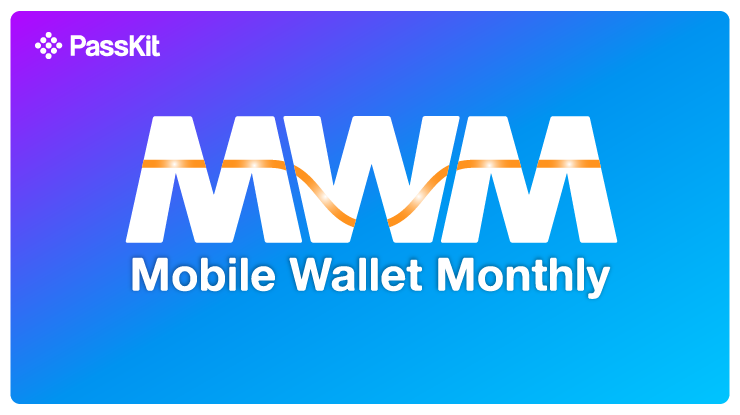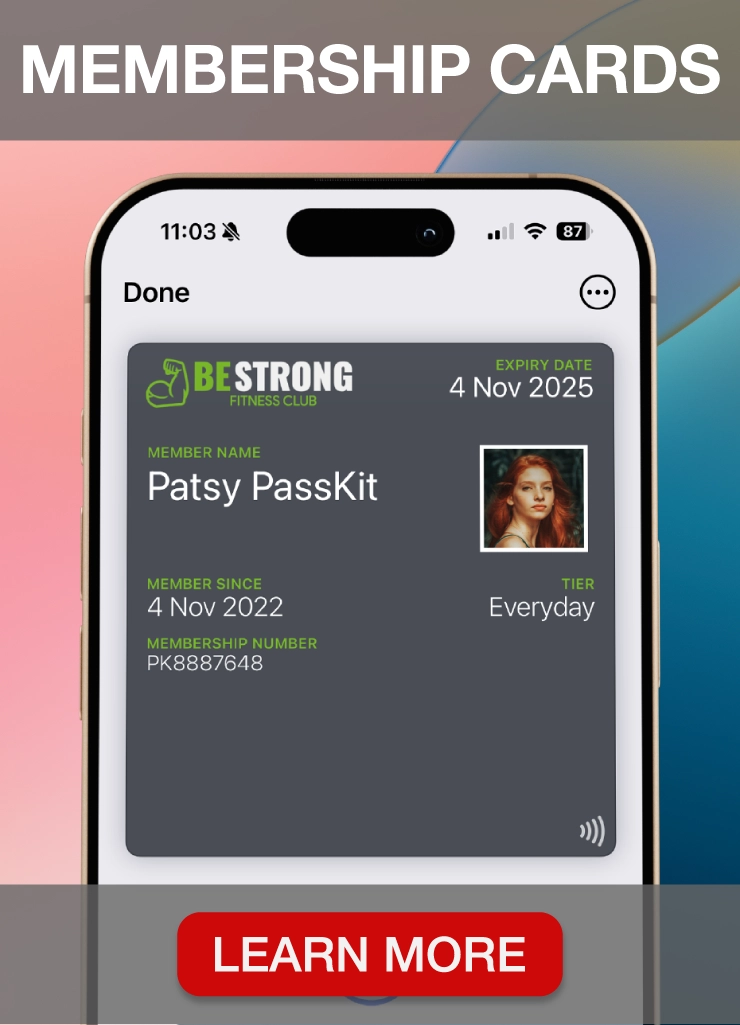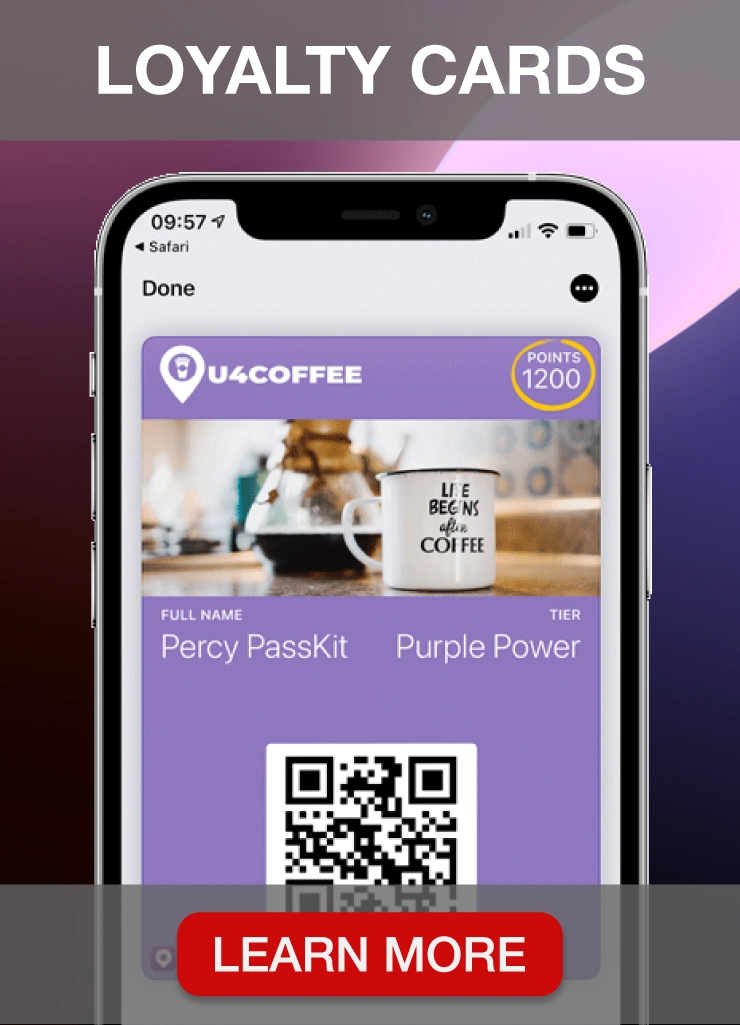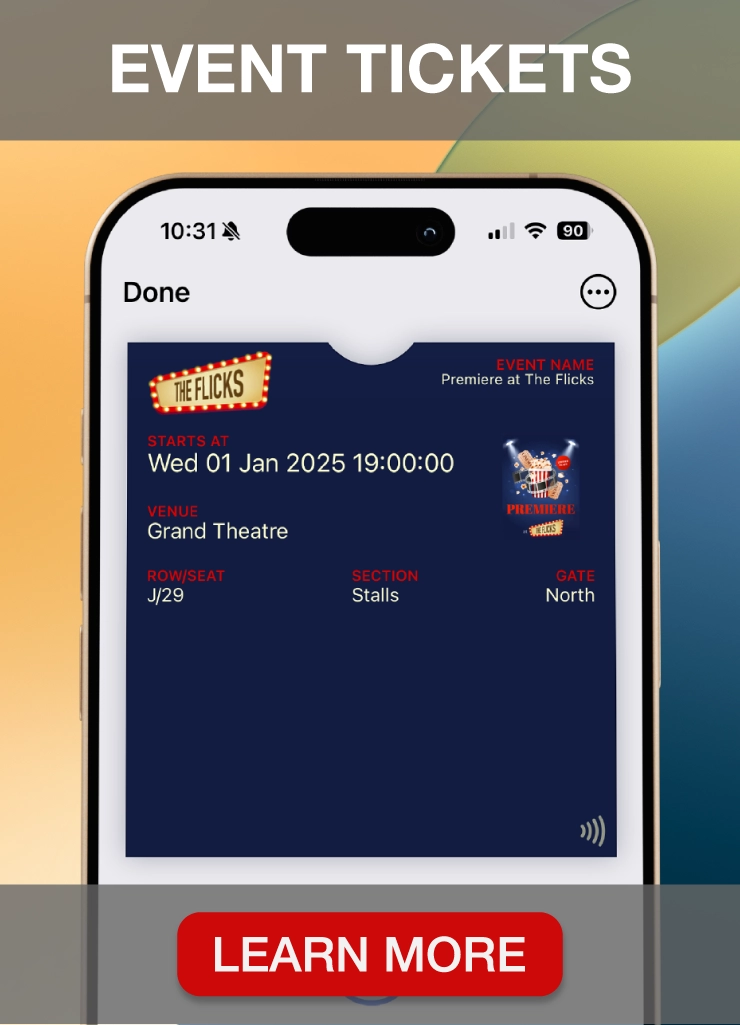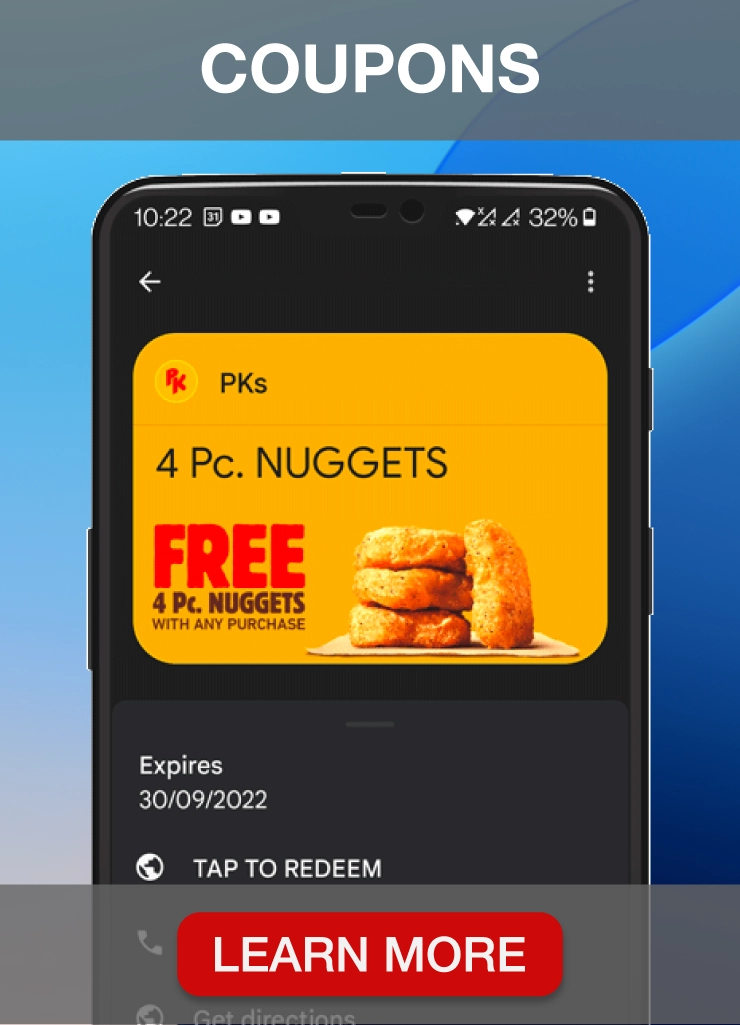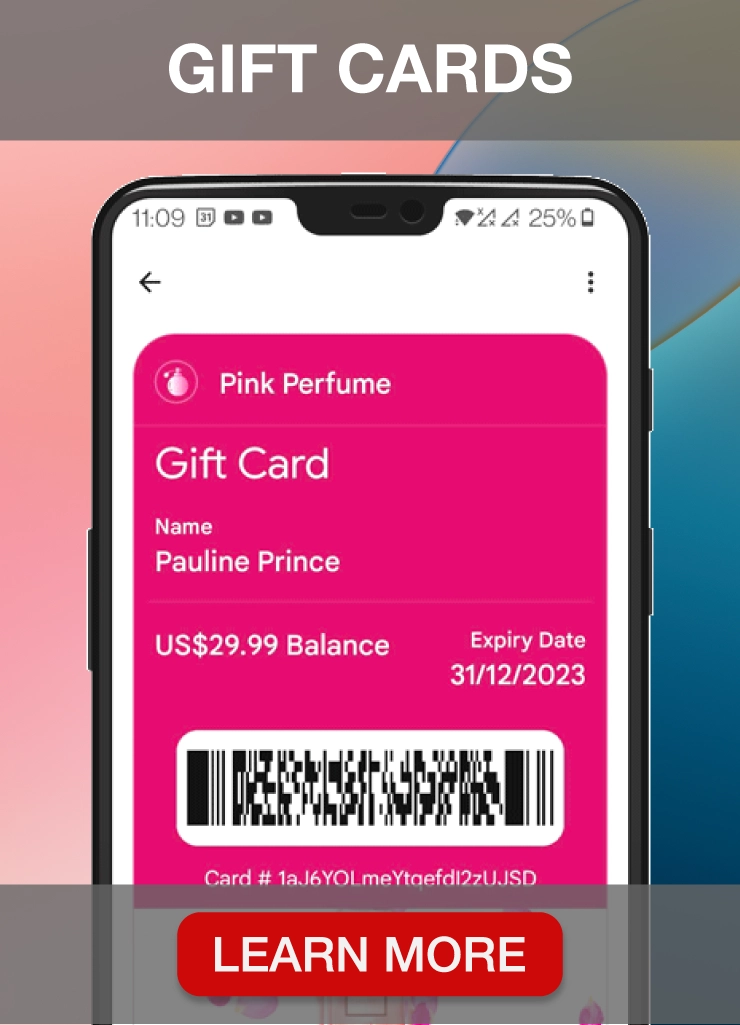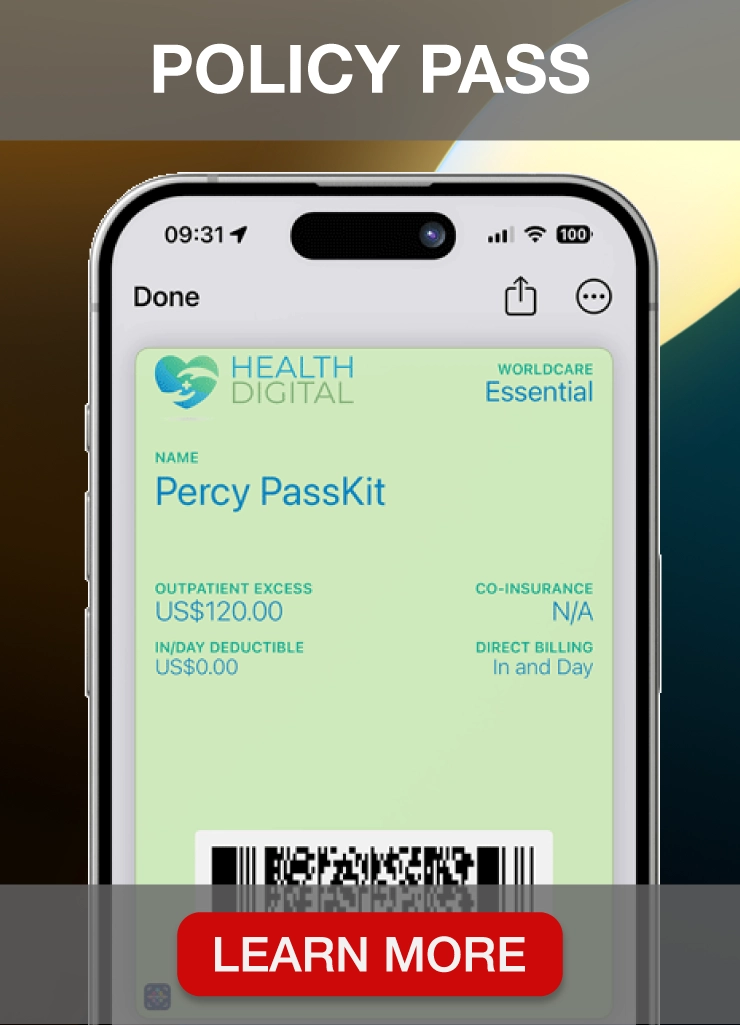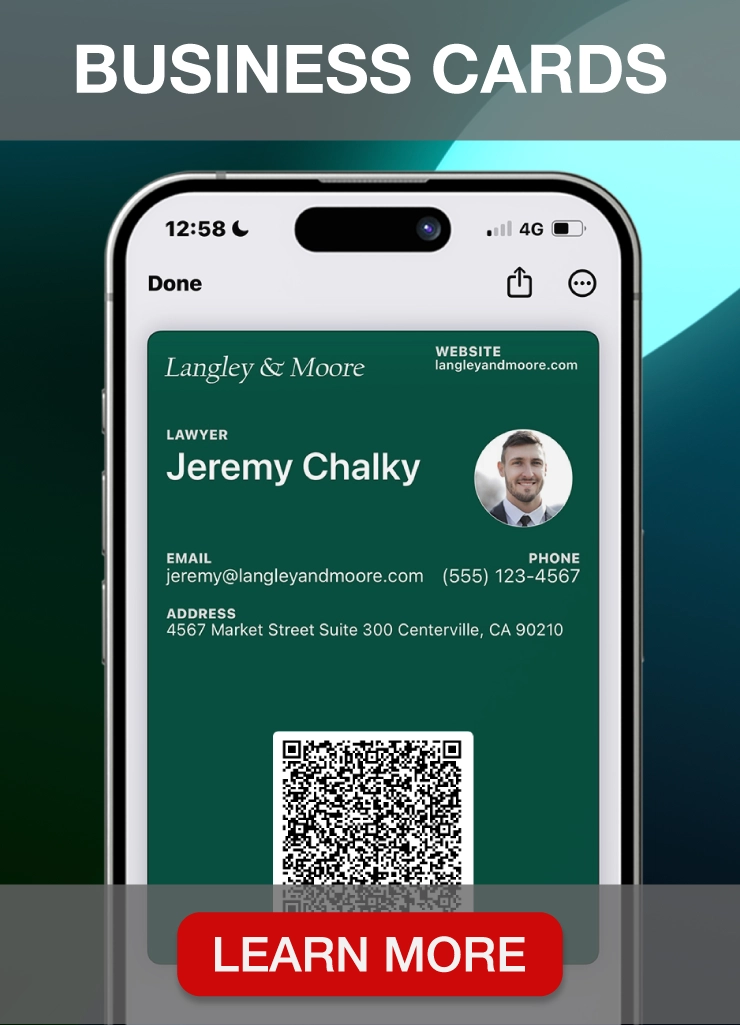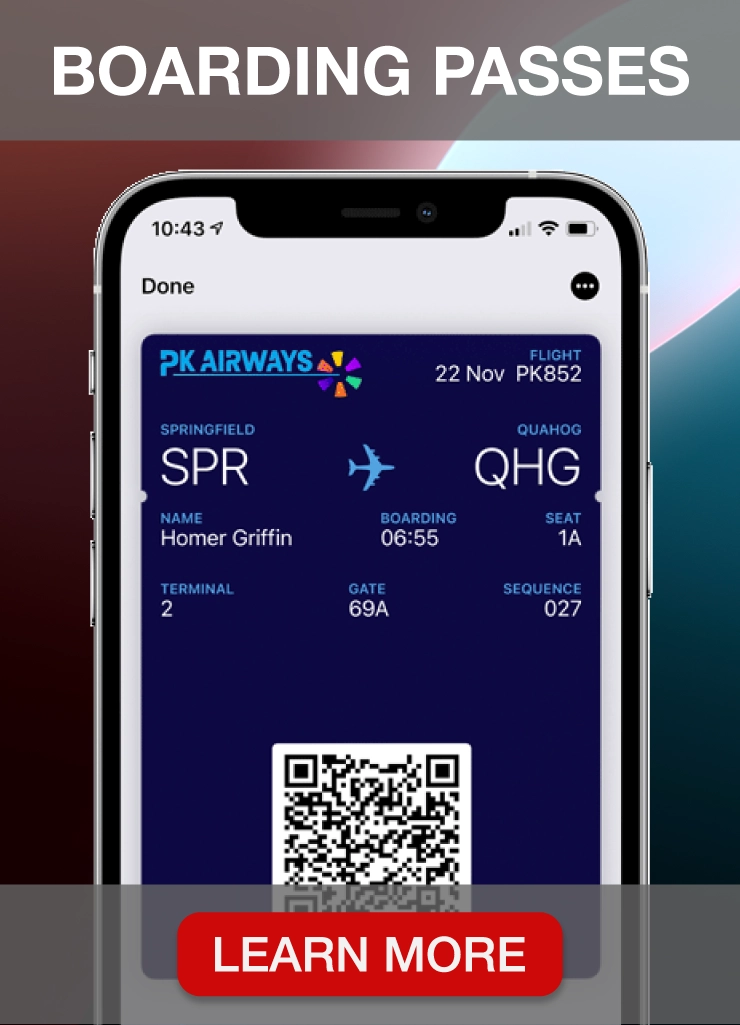Image source: Freepik
User acquisition is more expensive than retaining existing users. It implies that user retention, in other words, holding users’ attention over time, is critical for success. Even stats show that a higher retention rate can increase your profits to 95%.
Users must recognize the value of your business to stick with your company. It means you must find the right retention strategy to outsmart your competitors.
One of the ways to increase user engagement and keep your customers loyal is by having an effective loyalty program that builds a bond between your business and your customers. With loyalty programs, you reward customers with discounts, special deals, and similar benefits to keep them returning for more.
One solution you can use to develop customer loyalty program ideas and easily design loyalty cards for your business is PassKit, our customer loyalty software. All without custom app building.
When you design a loyalty program, your work is not done. You also have to think of ways to promote it. Since PassKit supports multichannel distribution, it helps you share your digital passes on customers’ preferred channels. What’s best, you can use our advanced analytics to track the progress of your loyalty program and redemption rates.
With PassKit, having loyal customers is easily achievable. Start a 45-day free trial and test all available features before your decision.
If you are interested in learning more about user retention, keep reading. In this article, we will discuss how you can increase your user retention and how PassKit helps you along the way.
Let’s start by explaining the basics.
What is user retention?
User retention is essential because it is an excellent indicator of customer satisfaction.
Customers who are satisfied with your product or service will continue using it. A high user retention rate also means you know how to keep your customers engaged.
You can improve user retention in many ways. One is to focus on providing an excellent user experience. It means ensuring that the product or service is easy to use and meets customers’ needs.
Another way to improve user retention is to offer incentives to customers. For example, your company may provide discounts to frequent buyers and encourage them to increase their purchases.
How to measure user retention rate
Image source: Aptivo
You can calculate the user retention rate by dividing the number of users you have at the beginning of a particular period by the number of users you have at the end.
You can calculate retention every month or at specific moments, for example, after you change rewards or special deals in your loyalty program to see how it performs.
Let’s explore what represents a reasonable user retention rate.
What is a good user retention rate?
There is no definitive answer to this question, as the ideal user retention rate will differ depending on your product or service. However, a reasonable user retention rate is any rate significantly higher than the average for the particular industry or type of product or service.
Let’s see why measuring retention is critical.
Why is measuring user retention rate significant?
Getting new users is costly. Nurturing relationships with new users and turning them into paying customers can be a draining process lasting for years. Only by retaining customers can your company significantly increase its profit.
Measuring retention also shows how invested your customers are in your product or service. For example, if you change your service or pricing structure, the user retention rate will show you if users are willing to stay with your business.
In short, user retention is an essential indicator of how well your product or service keeps users interested. A high retention rate means more people stick around and interact with your business for extended periods.
There is a significant difference between interacting and paying for a product or service. Let’s explain.
User retention vs. customer retention: How they differ
Image source: Freepik
There is a big difference between user retention and customer retention.
User retention is about keeping people engaged with your product or service, while customer retention is about keeping people coming back to your business.
Engagement is key to user retention. It indicates how many users interact with your product or service regularly. If you have a high user retention rate, people find value in your product or service and return to use it again.
On the other hand, customer satisfaction is the key to customer retention, which leads to loyalty. It indicates whether or not people continue spending money with your business.
It is why it’s essential to provide excellent customer support, make sure your product or service is always up to date, and offer regular discounts and promotions. Customer retention is just as crucial as user retention but has a different focus.
Let’s see what you can learn from churn rates.
User retention metrics and churn: What you can learn from data
The churn rate is the number of users you have lost during a specific period. It is the inverse of the number of users you kept, i.e., the user retention rate. A high churn rate can indicate a problem with your product or service.
Choosing the time over which you will measure retention or churn rate is crucial.
If you just introduced a new reward to your loyalty program, it would be valuable to know if more customers redeem it than previous rewards. If the churn rate is higher since you introduced a new reward, that means there is something about it that your users don’t like. You can use this metric to optimize your loyalty program.
Let’s review some latest stats on user retention to assess the current situation on the market.
The latest stats about user retention, acquisition and loyalty programs
Image source: Freepik
We already said that user acquisition is far more expensive than user retention. Let’s look into some other valuable stats:
- Over the past five years, Customer Acquisition Costs (CAC) have increased by more than 60%
- Companies think that some channels are more appropriate for customer acquisition and some for retention
- 77% of customers participate in loyalty programs
- More than a half of customers want a personalized experience and offerings
- 82.4% of customers prefer to shop at stores that offer loyalty programs
- More than two-thirds of companies think that technology improves their user acquisition
Every customer goes on a journey when interacting with your business. Let’s see how that journey impacts user retention.
User retention and the customer journey
Users go through three phases in their customer journey: onboarding, activation, and habitual use. If you want to retain users, these three phases must be easy to follow, and you must offer a seamless user experience. Let’s briefly discuss each stage.
- Onboarding helps users easily use your product and get informed on its features. New users will give up in this phase if the onboarding process is complicated and confusing.
- Activation is the second phase, in which users learn the value of your product or service. They experience how your offer benefits them.
- Habitual use is the last phase, in which users form a habit that involves using your product. It becomes a part of their routine, and this stage implies increased user retention rates.
Tracking a user’s journey is essential, as it can point out in which phases you are losing customers and what you need to adjust to improve your results.
Let’s share specific tricks for boosting user retention in each step.
13 Tricks to boost user retention
Image source: Freepik
It is always helpful to hear tips and tricks to increase the user retention curve quickly. There are various customer retention examples, and here we will offer you 13 tricks you can use to change your approach.
1. Leverage social proof with strong branding
A recognizable brand identity can increase consumer loyalty. Your company has to have a consistent image, online and offline. You can develop an overarching theme to align all your marketing channels so the customers immediately recognize your brand.
Strong branding will also make customers more ready to recommend your product or service to others, providing you with social proof of your service quality.
2. Provide value through your product or service
Value is something that customers can perceive and appreciate when they are looking to buy a product or service. When you provide value, you effectively give your customers a reason to choose you over your competitors.
Ensure your product or service solves a customer’s problem. You’ll lose credibility and trust very quickly if you sell something clearly unnecessary. Make sure your offering is relevant and useful to your customer and give your customers a good reason to keep coming back.
If customers feel like they’re getting something out of their experience with you, they’re more likely to continue doing business with you in the future.
3. Be transparent and show you care
You can build trust and create a better overall relationship by showing your customers that you care about them. It can lead to more sales and stronger customer loyalty.
Try to be transparent about what’s happening with your business and keep your customers informed of any changes that may affect them. These changes may include new products or services, pricing information, or delivery delays.
4. Make user onboarding simple and effective
Onboarding has to be smooth for users. They will not care to use your product or service if they don’t understand how to use it. The simpler the onboarding process is, the better. You can provide them with tutorials to explain to them how to use your product or service effectively.
5. Educate your users and communicate effectively
Communication is crucial. You should educate your customers about your products or services, explaining all relevant details. Only if you communicate precisely and clearly, will customers be able to understand the value of your products or services.
6. Add new features to show the advancement
You can’t stand in one place. Competitors will run over you. You need to improve your product or service continuously. This way, users will find with your business something that competitors don’t provide and remain loyal to you. Read our article on consumer trends to learn what you need to offer to stay relevant in your industry.
7. Provide excellent support at the right time
Your customer service team should be top-notch. They should know all details about your service and be polite when speaking with customers. Excellent customer support means happy and returning customers.
8. Welcome and respond to user feedback
Feedback is not just an opportunity for customers to express their feelings about your service. It is also a valuable resource for making improvements. You can learn what you need to change to build lasting relationships with users.
9. Provide personalized user experience
Personalization impacts user retention. You must tailor the user experience to their needs and preferences to show you care about their demands. Most customers these days expect a personalized customer experience, so it’s a must if you want to run a successful business.
10. Provide a connected customer experience
Users also expect a connected customer experience. It connects all brand touchpoints and provides a seamless experience on mobile devices. You can gather data and use it for customer experience optimization and adjusting your customer experience strategy.
11. Offer unique content and exclusive perks
Increasing user retention can occur with exclusive offers and special deals. It will give you an edge and keep users engaged, as they will know your competitors can’t offer them what you have.
12. Measure success and improve continuously
Measure your results. Keep track of any of your efforts so you can see which actions are the most efficient. Improve and adjust your strategies once you see that your retention rates are not high enough.
13. Offer rewards for customer engagement with loyalty programs
Existing customers are your best ambassadors and sources of revenue. You have to ensure they stay loyal to you. Offer them rewards and perks for spending their money with you and give them special treatment.
Need help with designing loyalty programs? You can sign up for PassKit today and start creating your loyalty program. Let’s discuss how PassKit boosts your user retention.
How PassKit helps you increase your user retention
PassKit, our digital loyalty platform, helps businesses turn physical cards or vouchers into digital loyalty cards that customers can store in their mobile wallets. Customers can collect rewards over time, keep them on their phones, and use them at your gym, salon, hotel, or restaurant.
As you probably know, various mobile wallets are the basis for contactless shopping. Apple Wallet and Google Pay are the most popular, and PassKit integrates with both.
With PassKit, you can easily design digital loyalty cards with a ready-made loyalty card template aligned with Google Pay and Apple Wallet guidelines.
These digital cards can increase your user retention regardless of your business type. You can use them in many ways, for example, to create restaurant loyalty programs or improve the hotel guest experience.
PassKit relies on permission-based marketing and multichannel distribution. In addition, with location-based marketing features, you can even send push notifications and targeted messages to notify your customers about special deals when they are near your store. PassKit makes these marketing services far more accessible to smaller businesses.
To enjoy all benefits that PassKit provides, sign up today and start a 45-day free trial.
How does it work?
With just a few steps, you can design digital loyalty cards, coupons, or membership cards that customers can add to their mobile wallets and use at your business location to collect points and redeem rewards.
You don’t need design or coding skills to use PassKit. You also don’t have to develop a custom app, as PassKit provides you with all the necessary features to create a loyalty program.
It also integrates with POS and CRM and supports NFC payments, so there is no need to change your current software or hardware.
You can gather customer data and calculate redemption rates, which helps you personalize rewards and improve the customer experience. PassKit lets you understand your users and see what incentivizes them to continue using your products or services.
Let’s explain how to create digital cards.
How to create your digital loyalty cards
You can create digital cards with the PassKit pass designer. The process is simple, and these are the necessary steps you should take:
- Sign up for a free account
- Name your project and define the fields you want to include
- Add relevant information to show on your loyalty card
- Choose the card type
- Choose the Google or Apple design
- Define the colors and align the card with your branding
- Include your company’s logo and strip image
- Select a barcode type
- Insert links to social media profiles or official website
- Save your design
Now that you know how to make a digital pass, let’s see how you can distribute your digital cards and improve user retention rates.
How to distribute your loyalty cards
Image source: Freepik
Multichannel distribution refers to the use of various marketing channels for promoting and distributing your products, services, or in this case, digital passes. You can also use them as customer acquisition channels.
You can combine PassKit with:
- SMS marketing
- Social media marketing
- Email marketing
- Company website
- POP marketing
- Search marketing
- Receipt marketing
- In-app advertising
- Retail marketing
- In-store advertising
Now let’s see how you can measure the success of your loyalty program.
PassKit and redemption rates
PassKit analytics dashboard shows you the number of enrolled members, the number of installed or uninstalled passes, and deleted members. You also can get a daily, monthly, or yearly overview of your loyalty program performance.
The most crucial metric is the redemption rate. The higher it is, the better. To know your redemption rate:
- Calculate the total number of customers who have earned points/rewards
- Calculate the total number of customers who have used points/rewards
- Divide the number of those who have redeemed rewards by the number of those who have earned them
Aside from increasing redemption rates, there are several more reasons to start using PassKit.
8 reasons to start using PassKit today
Utilizing technology for designing loyalty programs will give you an edge over competitors. Let’s see why PassKit is an excellent choice to achieve this goal.
- It is eco-friendly and completely removes the usage of plastic or paper cards
- You don’t need design or coding skills, and you don’t have to build a custom app
- Customers can carry and use digital loyalty cards with their mobile devices
- It provides loyalty card templates aligned with Google Pay and Apple Wallet guidelines
- It’s easy to set up and speeds up the loyalty program creation
- It integrates with CRM and POS and supports NFC payments
- It’s contactless, which is especially important in the coronavirus pandemic
- It gathers loyalty program data to help you make improvements
PassKit is ideal for small and large businesses looking to modernize their loyalty program management processes.
User retention: Summing up
In this blog post, we explained user retention and why it is significant for any business. We discussed measuring the retention rate and gave you 13 tricks to increase it.
We also described PassKit, our loyalty program software, which lets you produce digital passes that customers can add to their mobile wallets. You can use PassKit to retain old customers and acquire new ones, all through multiple marketing channels.
We also pointed out that PassKit offers analytics that represents a starting point for personalizing your rewards, further engaging your users, and retaining them. Do not waste your time; sign up and start your 45-day free trial for PassKit.
User retention: FAQ
Let’s look into some of the most frequently asked questions about user retention.
How do you define user retention?
User retention is the percentage of users staying engaged with a product or service over time.
How do you measure user retention?
User retention is measured by comparing the number of users you have at the beginning with the number you have at the end of a chosen period.
How can customer retention be improved?
You can improve it with different tricks, among which are: strong branding, excellent support, personalized user experience, unique content, exclusive perks, and rewards for customer engagement with loyalty programs designed by software like PassKit. Start your 45-day free trial now.

